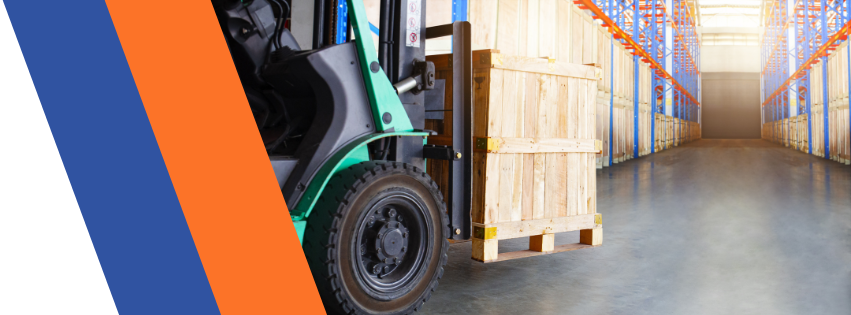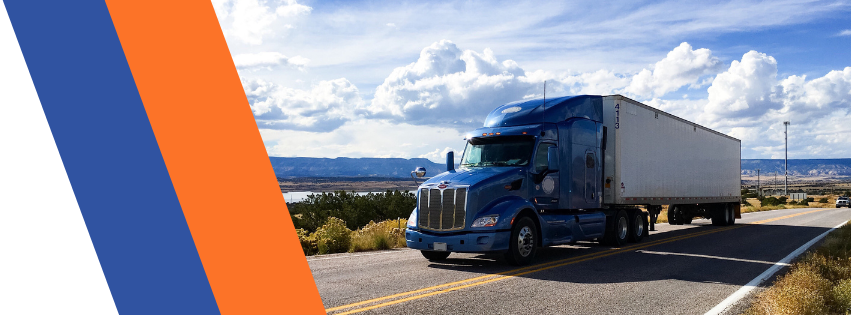What We Learned at TIA 2025: AI, Carriers, and the Future of Freight
Every year, the TIA Capital Ideas Conference brings together the brightest minds in freight brokerage, logistics, and transportation—and this year’s edition in San Antonio didn’t disappoint.
From the evolving role of AI in freight operations to the renewed focus on carrier partnerships, TIA 2025 was packed with actionable insights that signal where the industry is headed next. Whether you're a shipper, carrier, or logistics partner, these conversations are shaping the way freight moves in 2025 and beyond.
Here are some of our key takeaways.
AI Is No Longer the Future—It’s the New Normal
One of the clearest signals from the conference was that AI in freight isn’t experimental anymore—it’s becoming part of the everyday toolkit for brokerages and transportation providers.
From load matching and quote automation to fraud detection and document processing, AI is already being used to make freight operations faster, more accurate, and more efficient. What’s interesting is that the focus is shifting away from "what AI can do" to how well it’s doing it. The new competition? Who can use it more intelligently—not just who can say they use it.
For shippers, this means faster responses, cleaner data, and more consistent pricing from tech-enabled partners. For carriers, it may soon lead to smarter routing, reduced empty miles, and easier onboarding into digital freight networks.
Carrier Relationships Are a Top Priority Again
While tech got a lot of the spotlight, one message came through loud and clear: relationships still matter—especially between brokers and carriers.
Speakers and panelists emphasized that building long-term partnerships with carriers leads to better capacity coverage, more reliable service, and ultimately stronger margins. Treating carriers like true partners rather than transactional vendors is becoming a key competitive advantage, especially as markets tighten and flexibility becomes critical.
This is especially important for shippers relying on consistent service. Choosing partners who invest in carrier relationships means more stable capacity, better communication, and fewer disruptions.
Freight Tech Buyers Want More Than Just Buzzwords
Another big trend this year: buyers are growing more selective when it comes to freight technology. There’s an increasing demand for proof of value—not just platforms with fancy interfaces.
Logistics providers are now expected to show real results from their digital tools—whether that’s through faster quoting, improved visibility, or smoother integrations. As one speaker put it, “The freight tech hype cycle is over. Now it’s about execution.”
This shift is great news for shippers and brokers alike. It means that the tools gaining traction are the ones that actually solve real problems in the shipping and freight process.
Networking Is Still One of the Best Tools in Freight
Beyond the sessions and product demos, TIA 2025 was a reminder that the freight industry runs on people and partnerships.
Conversations over coffee, impromptu strategy chats, and the ability to talk face-to-face with partners new and old are still some of the most valuable aspects of these events. In a fast-evolving industry, keeping relationships strong—and building new ones—is one of the best ways to stay ahead.
TIA 2025 gave us a fresh look at the direction the freight industry is heading. From the integration of AI into day-to-day operations to the renewed emphasis on strong carrier relationships, the message was clear: the future of shipping is tech-enabled, but still human-centered.
At WTS, we’re excited to continue applying these insights as we work to build smarter, stronger logistics solutions for our partners. If you're thinking about what’s next for your shipping strategy, these takeaways might be a great place to start.




